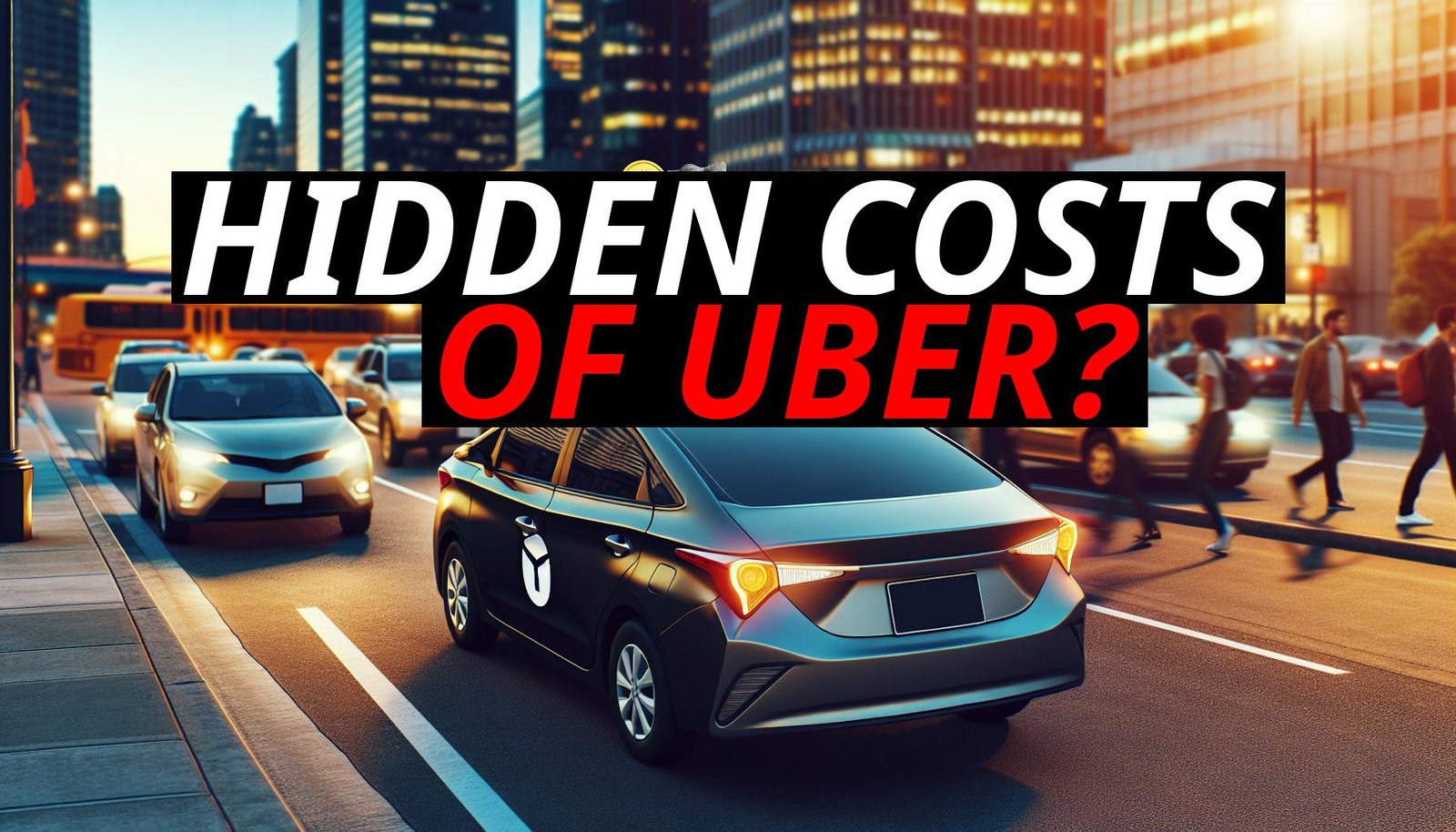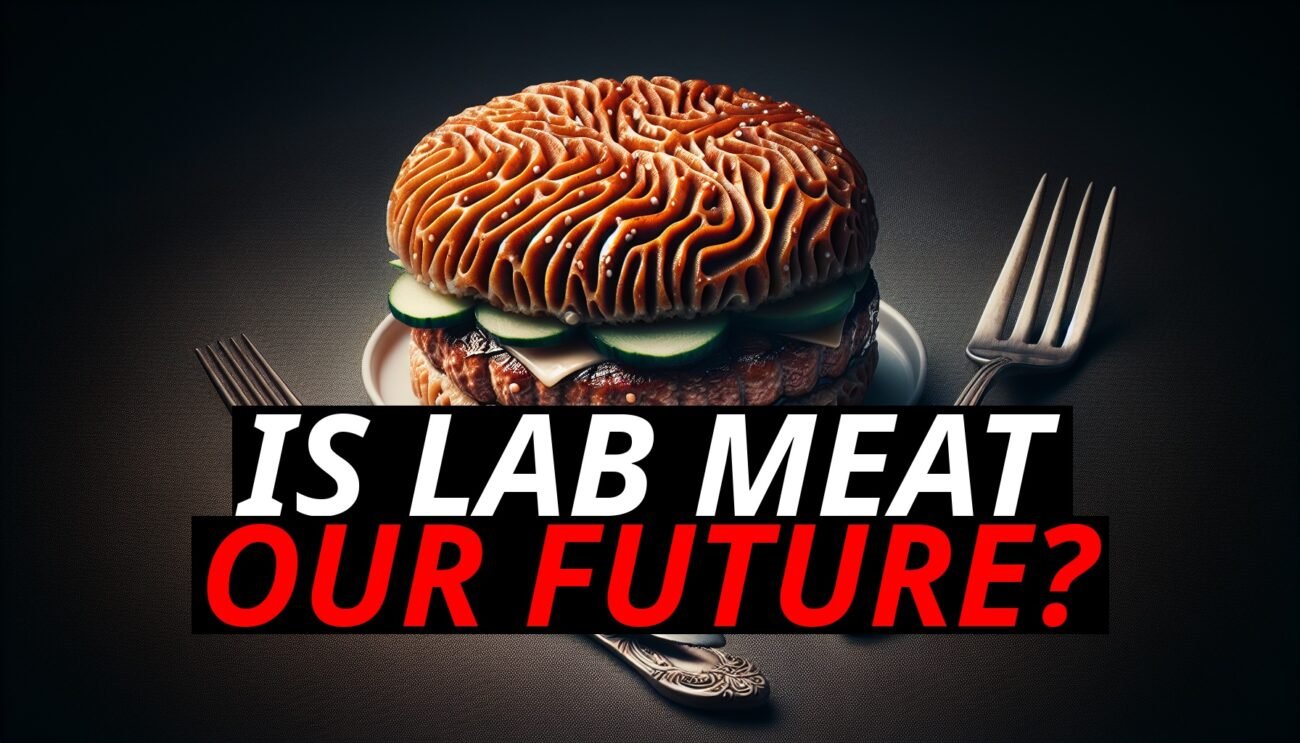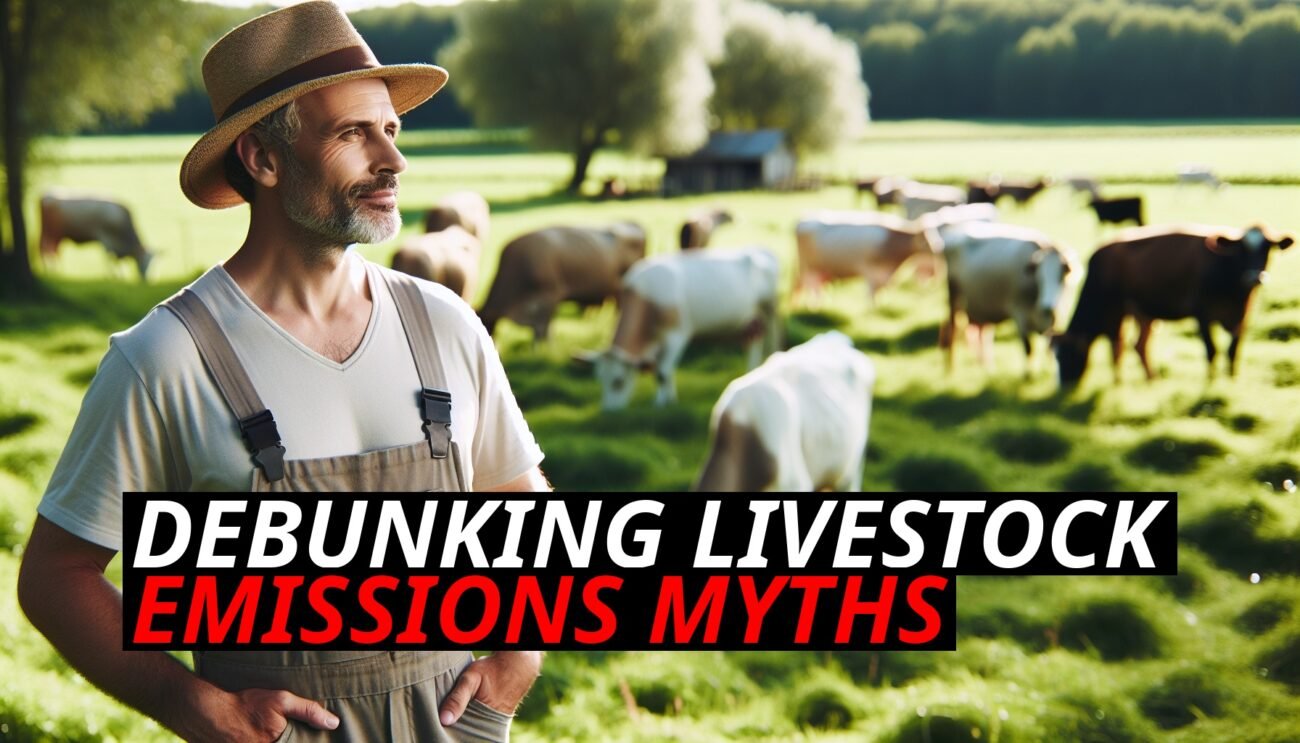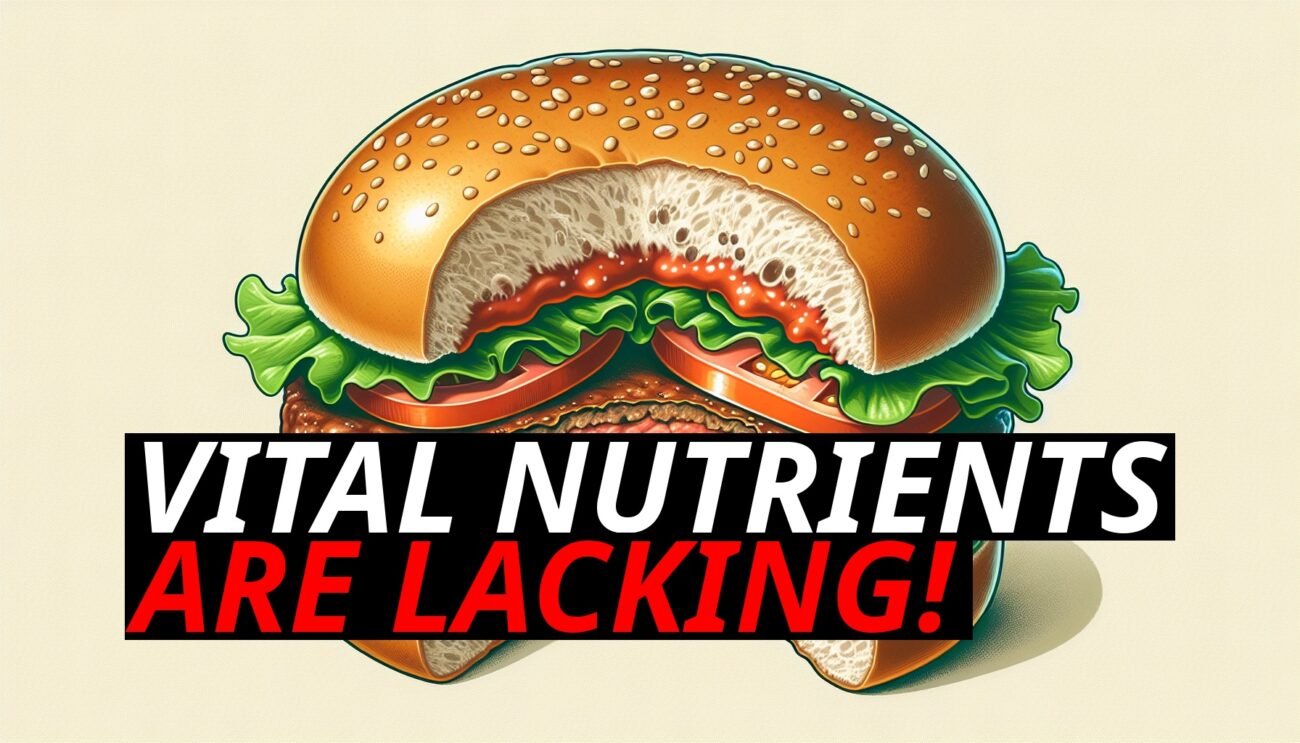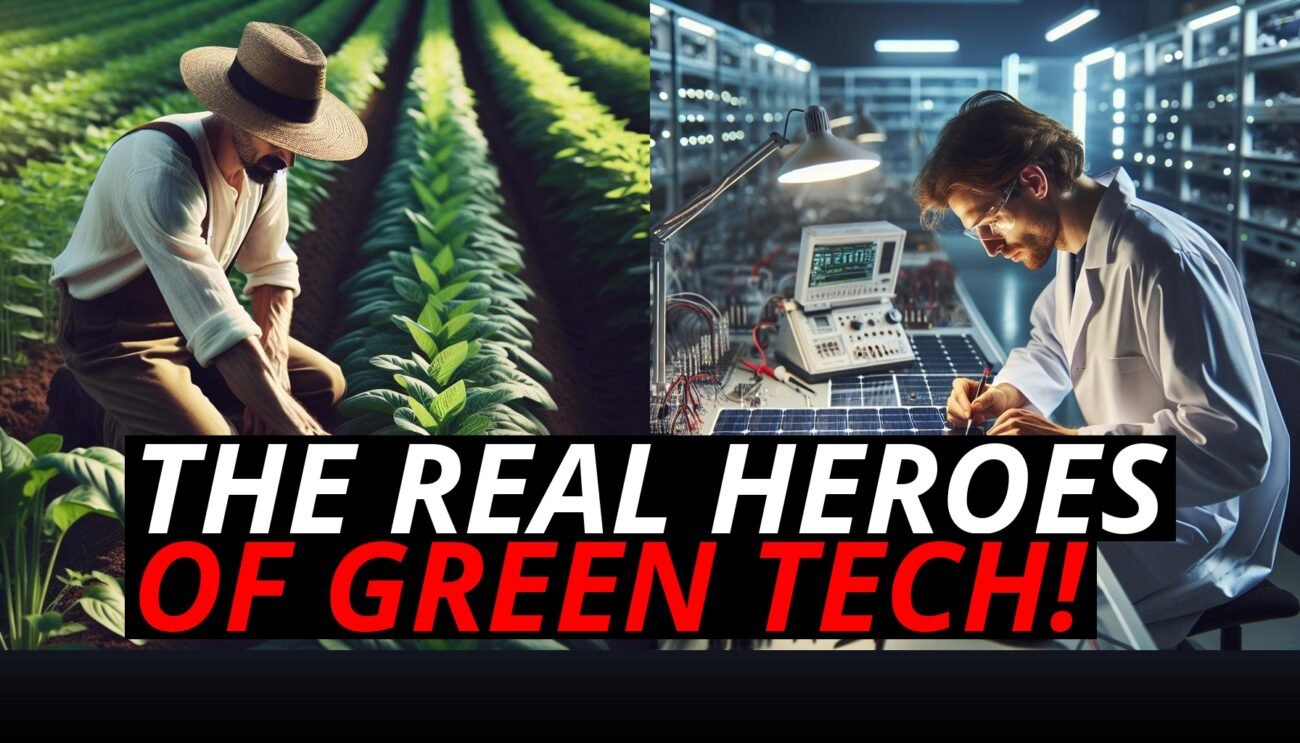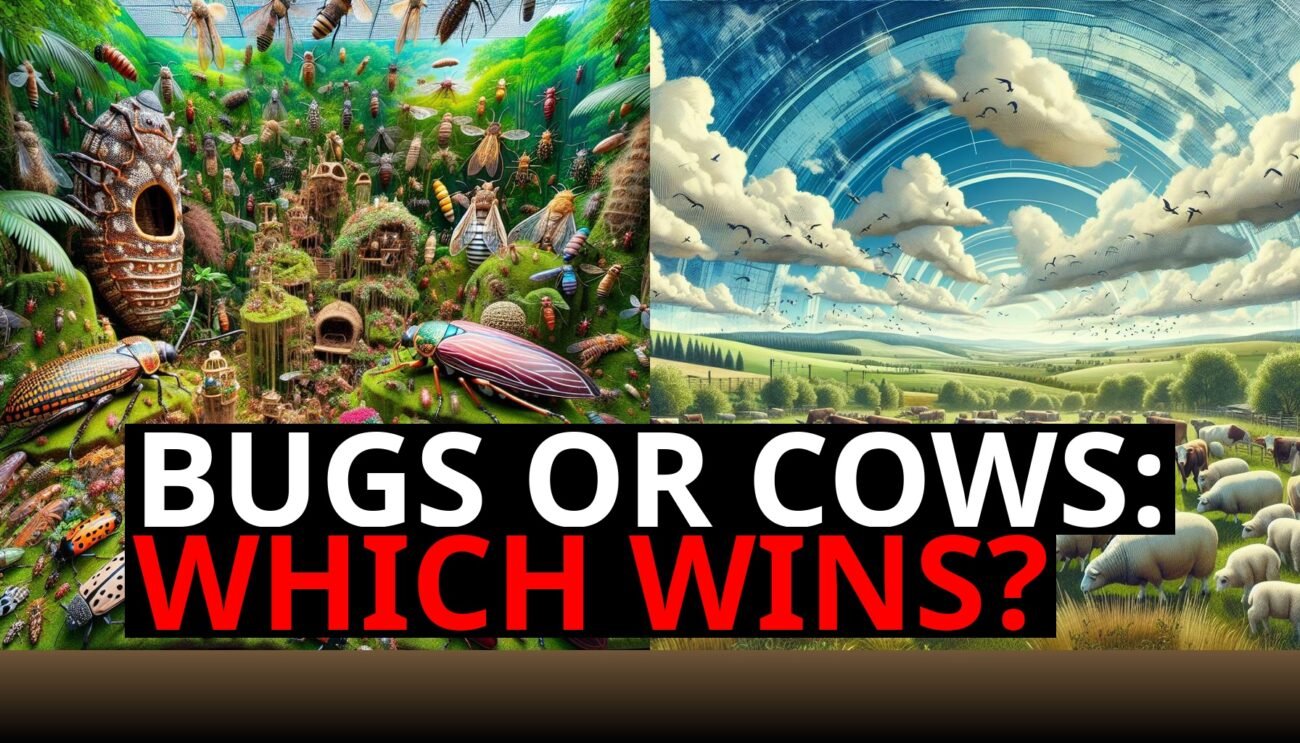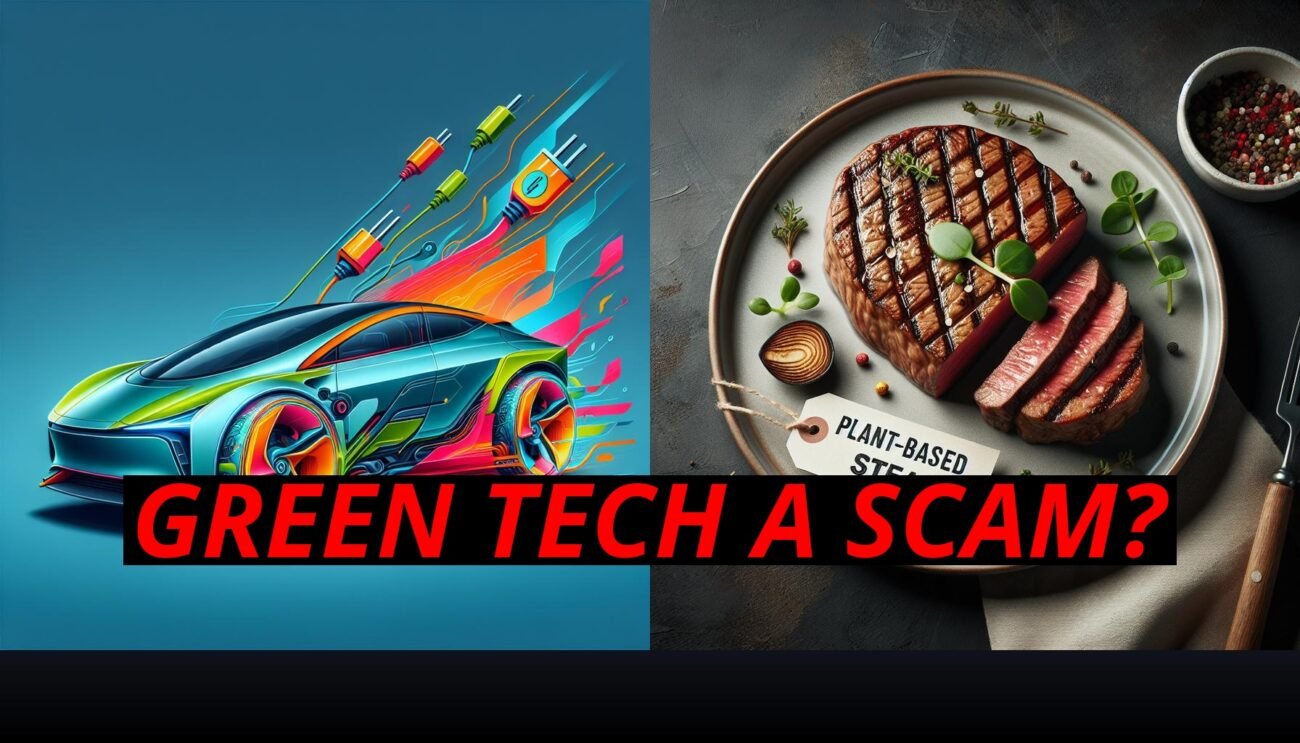The Hidden Costs Behind Uber’S Rapid Growth
Welcome to Business Insights! Today, we’re diving into the intriguing world of Uber and the hidden costs behind its rapid growth. While Uber’s innovative model has disrupted the transportation industry, there’s more beneath the surface than meets the eye. We’re here to examine the role of investor money and subsidies in Uber’s business model, discussing the sustainability of these practices and their impact on long-term profitability.
The Role Of Investor Money
Uber’s meteoric rise can be attributed to substantial investments from venture capitalists and institutional investors. Since its inception, Uber has raised billions of dollars, allowing it to scale rapidly and expand globally. This influx of capital has been crucial for Uber to gain a foothold in various markets, often using aggressive strategies to outcompete traditional taxis.
Subsidies And Incentives
A key part of Uber’s strategy has been subsidies and incentives:
– For Drivers: Substantial bonuses and guaranteed earnings compensate for the initial lack of passenger demand.
– For Passengers: Discounted fares and promotional deals make Uber an attractive alternative to traditional taxis.
The Cost Of Subsidies
Despite impressive revenue growth, Uber has struggled to achieve profitability. High operating costs, including driver incentives, marketing, and regulatory compliance, have contributed to significant financial losses. In 2019, Uber reported a net loss of $8.5 billion, highlighting the immense financial pressure of maintaining these subsidies.
Sustainability Concerns
While investor money has enabled Uber to sustain its operations, the reliance on continuous investment is not viable in the long term. As investor pressure mounts for Uber to achieve profitability, the company has had to implement cost-cutting measures, including layoffs, office closures, and scaling back unprofitable operations. These measures indicate a shift towards a more sustainable approach, but the path to profitability remains challenging.
Traditional Taxis: A Model Of Efficiency
Traditional taxis, with their shift-based operations, centralized maintenance, and fleet management, still outperform Uber in several ways:
– Shift System: Maximizes vehicle availability and minimizes downtime.
– Centralized Maintenance: In-house mechanics and bulk purchasing of parts reduce costs.
– Operational Scale: Fewer vehicles are needed to provide the same volume of service, making traditional taxis more cost-effective in the long run.
Financial And Environmental Concerns
Financial analysts and industry experts have voiced concerns about Uber’s long-term viability:
– Driver Earnings: Research by the Economic Policy Institute found that, after expenses, Uber drivers earn an average of $9.21 per hour, significantly less than advertised rates and below many traditional taxi drivers’ earnings.
– Environmental Impact: Studies have shown that ride-hailing services contribute to increased traffic congestion and higher carbon emissions. The frequent driving and idling associated with ride-hailing increase the carbon footprint compared to traditional taxis, which often operate more efficiently and are subject to stricter environmental regulations.
Conclusion
While Uber has revolutionized the transportation industry, its growth has been heavily subsidized by investor money, raising questions about long-term sustainability. The hidden costs of these subsidies, coupled with high operating expenses and environmental concerns, challenge the notion of Uber’s efficiency. Traditional taxis, with their operational efficiencies and scale, remain a more sustainable option in many respects.
Share Your Thoughts
What do you think? Can Uber overcome these challenges and achieve long-term profitability, or will traditional taxis continue to hold their ground? Share your thoughts in the comments below. If you found this analysis insightful, share this article with your friends and family. Let’s discuss the future of transportation and how we can achieve the best of both worlds.

